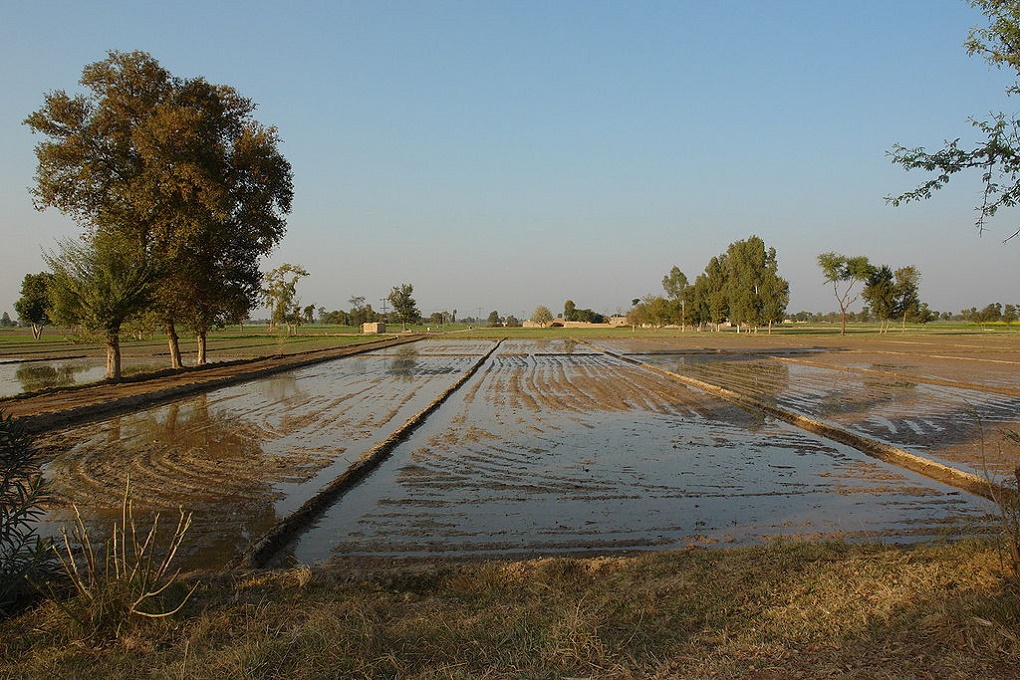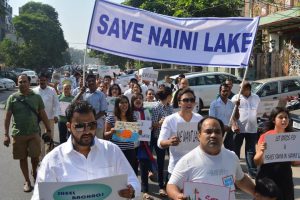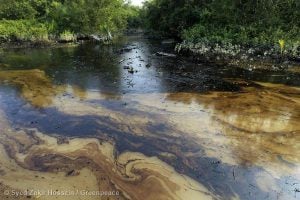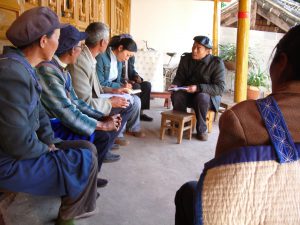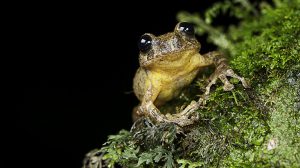Sweet water gushing out from tube-wells was once the main source of irrigation – and income – for Rana Tanveer, a farmer in Pakistan’s Punjab province, but not anymore. With groundwater fast depleting and becoming saline due to excessive extraction, farmers like Tanveer have seen their incomes being halved.
The Pakistan Council of Research in Water Resources (PCRWR), a government organisation, began mapping the entire Upper Indus basin in 2004 and completed the task in 2014. But the benefits of the ambitious 10-year exercise that cost PKR 36.5 million (USD 348,000) are yet to percolate down to farmers like Tanveer, admit officials. A groundwater atlas to pass on information to farmers as well as policy makers, development agencies and well-drillers will be launched soon to fill the gap, they say, but until then farmers struggle in ignorance.
The information would go a long way in helping Tanveer, who grew water-intensive crops like sugarcane and cotton on his 50-acre farmland in Punjab’s Muzaffargarh district and earned enough to support his 17-member joint family.
“In the last five years, my income has reduced to half as the groundwater has been fast depleting,” he said. “Our tube-wells are now pumping out saline water that is harmful for both agricultural land and crops.”
With groundwater levels steadily lowering, Tanveer had four of his tube-wells drilled to an additional depth of about five metres last year. But even these are throwing out brackish water. “We are dependent on well-drillers for the groundwater as there is no scientific information available on depth and type of the water,” he said.
He fears his whole farmland could turn barren with canal water for irrigation reduced by over 50% in the last couple of years due to erratic rainfall and wastage.
The macro picture
Of the 1.2 million irrigation tube-wells in Pakistan, about 60% pump out brackish water due to lack of knowledge about groundwater, estimate experts. They say farmers and well-drillers need to have exact scientific information about depth and quality of the groundwater in their respective areas.
It is to fill this gap that the PCRWR had mapped the whole Upper Indus basin with future projections up to 2025. Ashfaq Ahmed Sheikh, director general (research and coordination) at PCRWR, says the mapping of the Upper Indus basin was a laborious task and the first of its kind in Pakistan.
The project, conducted by local scientists and funded by the government, used different techniques and equipment to gauge water quality, soil, recharge potential and sources of recharge of groundwater in different areas along the Indus basin at different depths up to 300 metres, he explained.
Giving details of the techniques used, he said terrameter equipment was used for a five kilometre by five kilometre grid-based electric resistivity survey (a form of geophysical survey where electrical current is passed through the ground at regular points on a survey grid) at different locations for the complete survey, he said.
To get water quality sampling and geological information, another technique known as induced-polarisation was used along with exploratory well-drilling at certain points of a 20 kilometre by 20 kilometre grid.
Groundwater modelling was done to get a complete picture of groundwater extraction and isotope analysis helped determine the groundwater recharge potential and sources of recharge at different locations. “This has helped us explore future impacts on potential and utilisation of the groundwater and formulate guidelines and policy recommendations,” Sheikh said.
In its recommendations to policy makers, PCRWR has urged lawmakers in the provinces and the centre to formulate a regulatory framework for efficient and sustainable utilisation of groundwater. The PCRWR has also started work on mapping the Lower Indus basin, which includes all irrigated districts of Sindh province as well as Punjab’s Bahawalpur district.
Unfortunately much of this information has not reached farmers. “The whole exercise of mapping the groundwater would be of no use if the results aren’t conveyed to farmers in rural and remote areas for their benefit,” said Arshad H. Abbasi, advisor water and renewable energy at Sustainable Development Policy Institute, a non-government organisation in Islamabad.
He also urged the PCRWR management to collaborate with the provincial government and non-government organisations to get across the useful information to relevant stakeholders, including farmers, well-drillers and the irrigation department.
Assessing the benefits
There is also some concern that groundwater mapping of the Upper Indus Basin is not enough. Some water experts suggest that the exercise be carried out with more precise technology throughout the country.
Pervaiz Amir, country director for the Pakistan Water Partnership, says heliborne technology should be used to map underground aquifers across Pakistan like India is doing. The technology makes use of a large ring hanging from a helicopter and it functions as a coil with a powerful electromagnetic field. This generates a current in the subsoil, which allows researchers to create a 3D map of the underground water supply.
“We need to map all our underground water resources for future policies and utilisation instead of just hovering around the Indus basin,” he said. Heliborne technology, he added, could help map natural resources up to depths of 10,000 metres with future projections of at least 50 years.
He said water security was fast becoming a challenge for Pakistan and this needed to be tackled seriously instead of just relying on cosmetic measures.
